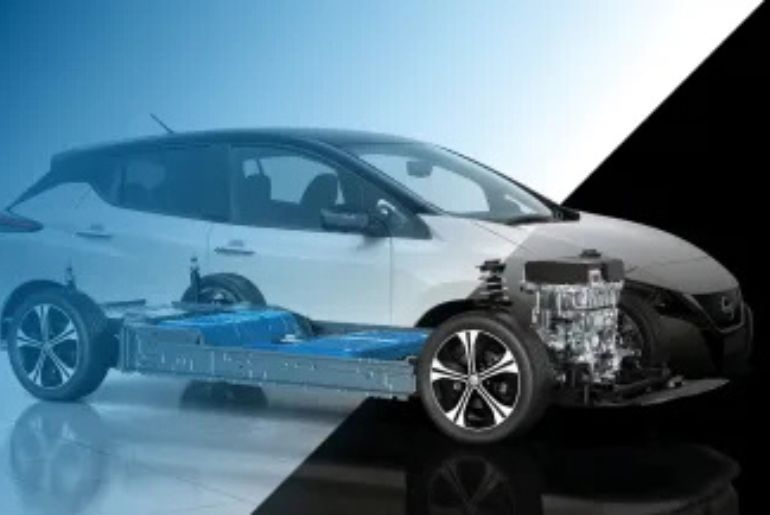Additionally, the third-generation EV ought to be a little more enjoyable to drive. However, don’t anticipate much power.
The first mass-produced electric vehicle in history was the Nissan Leaf. Since its launch in 2010, it has sold over half a million units, making it one of the most reasonably priced EVs in the market. However, because of its low entry price, several compromises had to be made.
The first and second generation Leafs were equipped with a high-voltage battery that was passively cooled for 15 years. This implies that the car depends on the natural air flow to keep things under control rather than coolant running around the cells to heat or cool them. Later this year, with the release of the third-generation device, this will finally change.
If you reside in a mild environment, it’s okay to not have a liquid-cooled battery. However, conditions start to deteriorate when it’s really hot or cold outside. Because the electricity inside the cells cannot move as quickly as it can when the battery is at a comfortable temperature, range, charging speeds, and battery health suffer.
This won’t be an issue with the new Leaf because Nissan chose to equip it with a liquid cooling system that can keep the battery pack’s temperature at the perfect level. Additionally, in order to warm the battery and possibly extend the driving range in cold conditions, the system can collect heat from the onboard battery charger.
Nissan claims that the new Leaf would have a range of 186 to 311 miles (300 to 500 km) on a single charge, indicating that many battery options will be offered. However, we are unsure exactly which driving cycle these numbers were derived from.
It should have a range of 155 miles (250 km) after a 14-minute DC fast charging session, which isn’t awful at all. Nevertheless, we are unsure about the Leaf’s top charging speed.
The new electric crossover—yes, it is no longer a traditional hatchback—will still have a front motor and front-wheel drive system. In its most potent variant, the revised front drive unit, which is 10% smaller than its predecessor, still produces 214 horsepower, but it now produces 261 lb-ft of torque instead of 250. The Leaf was never a performance EV, so it’s okay even though that won’t really make a difference in the real world.
Nevertheless, the new model ultimately does away with the torsion beam rear suspension in favour of a multi-link system, which should improve driving.
When the new Nissan Leaf makes its appearance later this year, we should know more about it.

